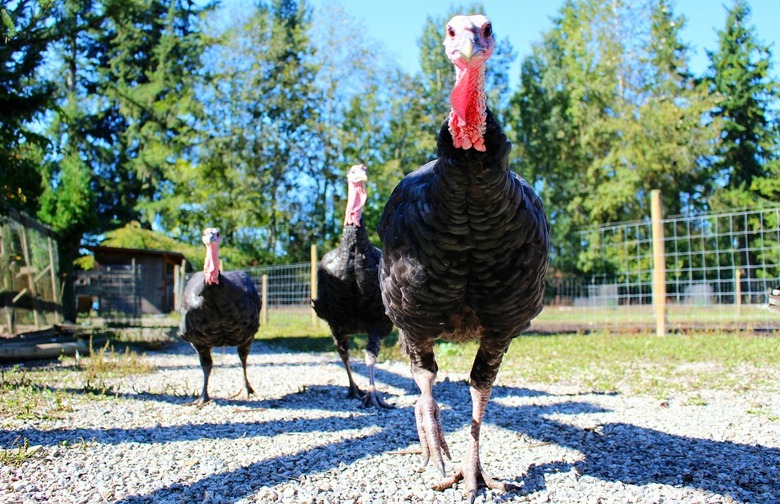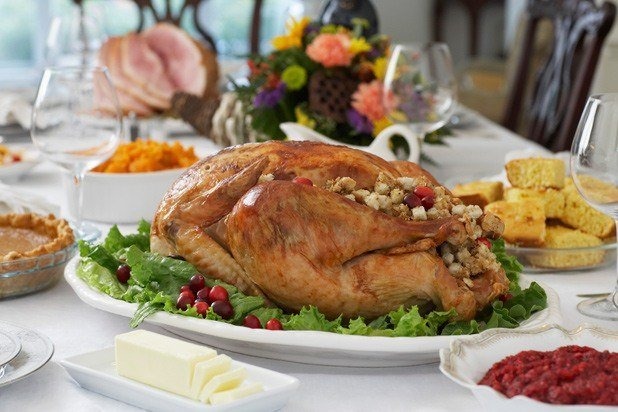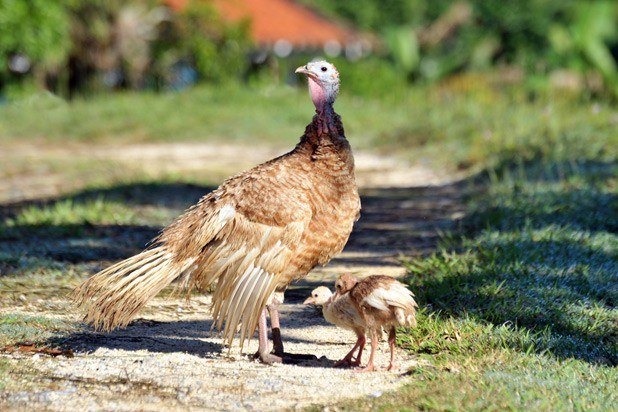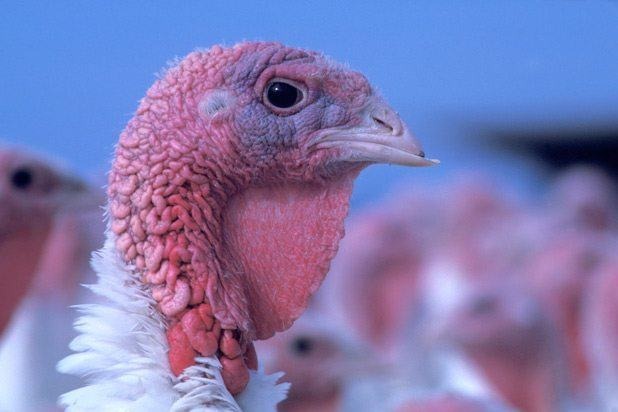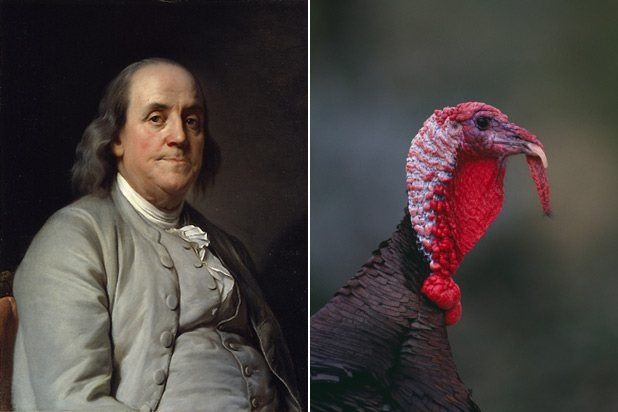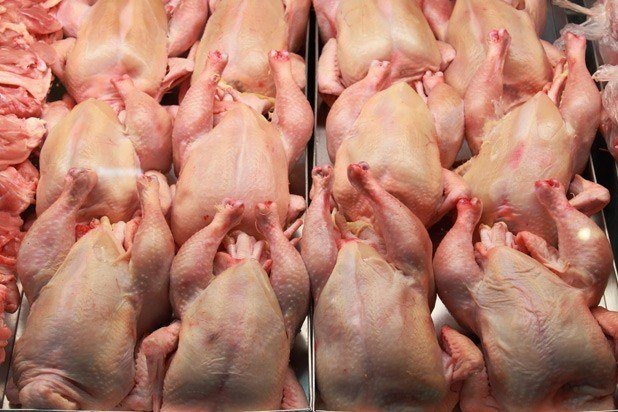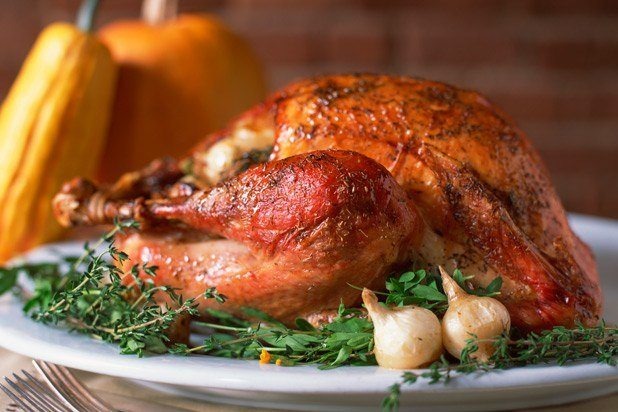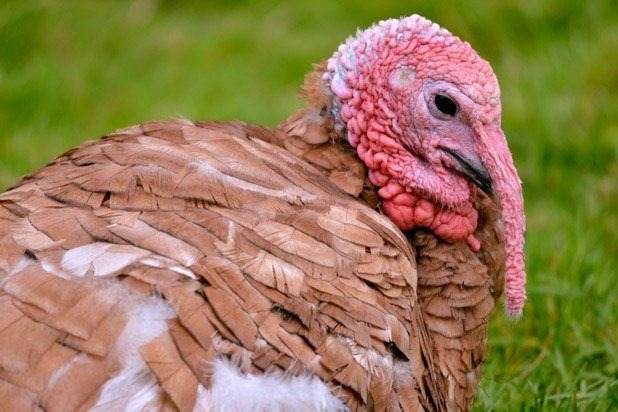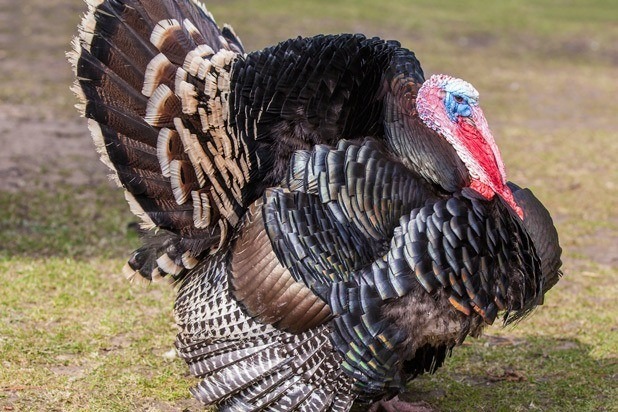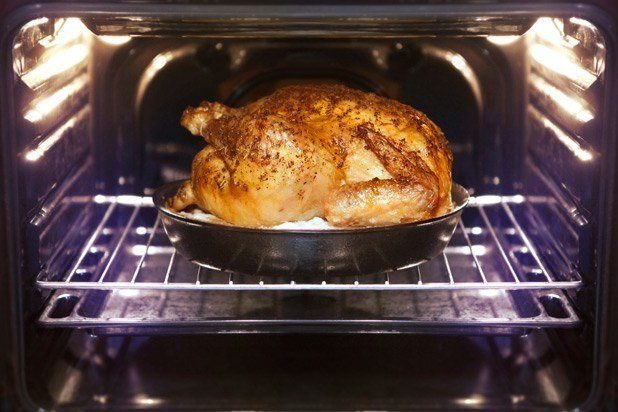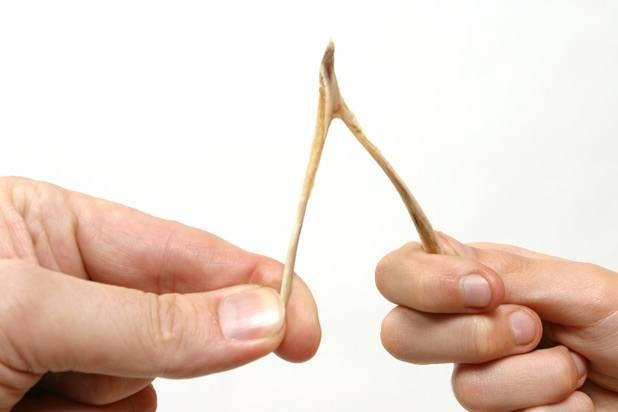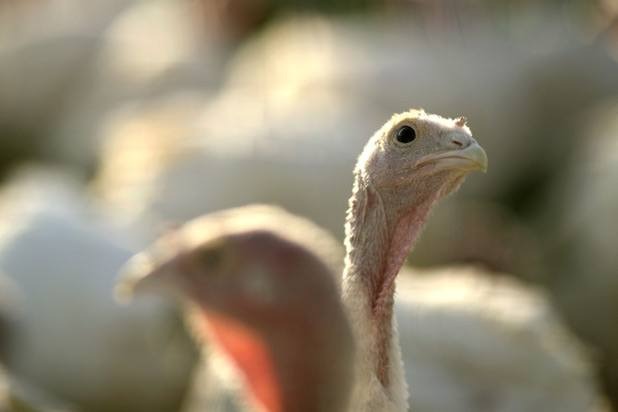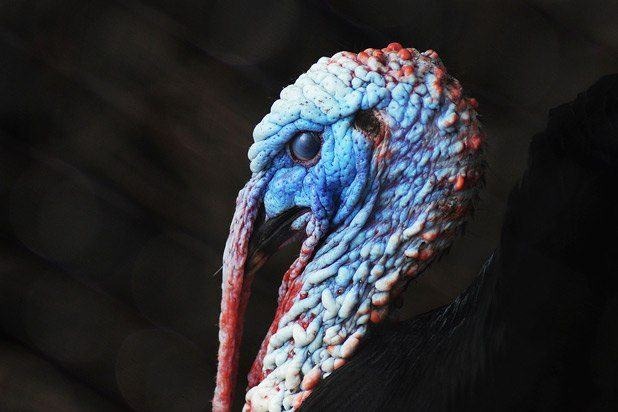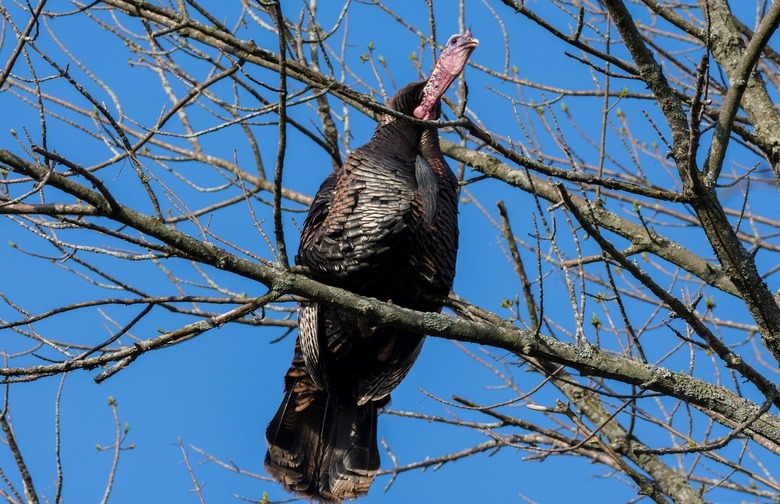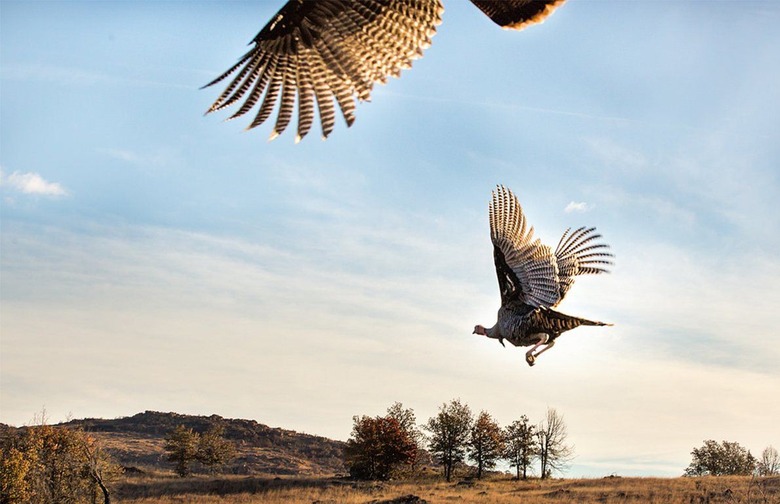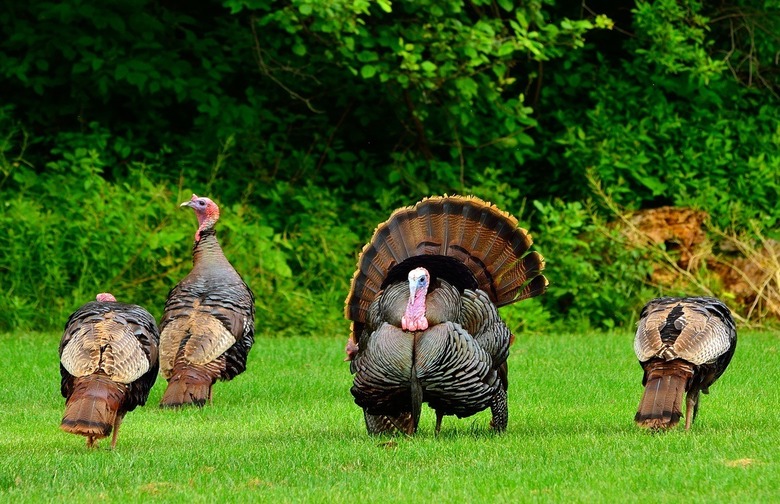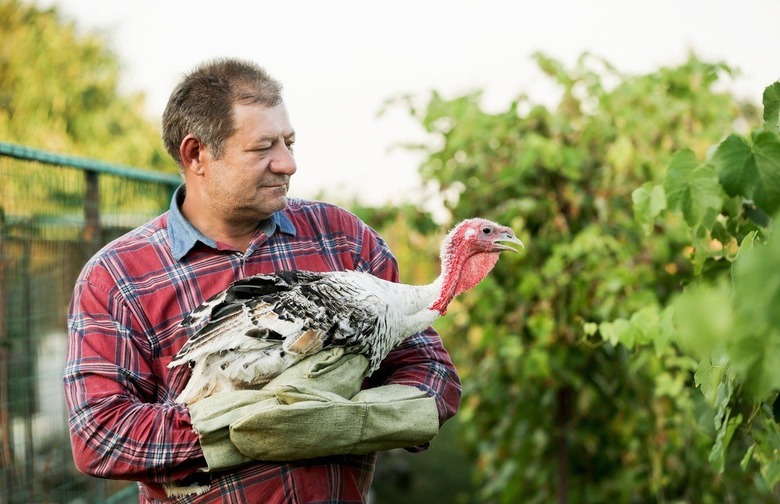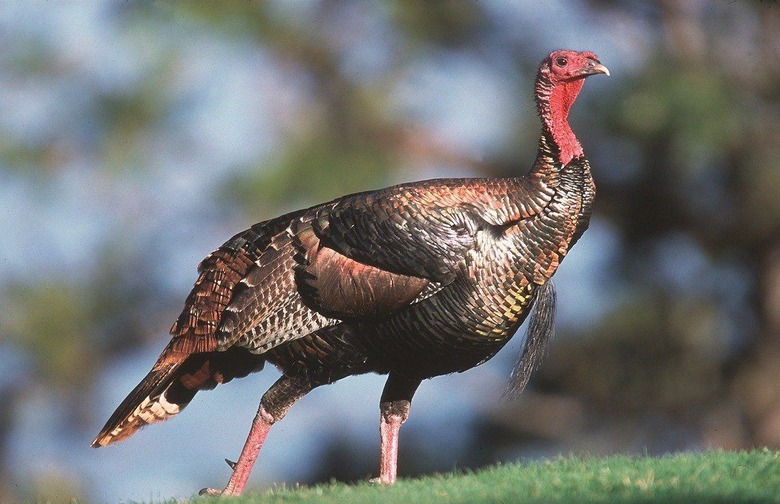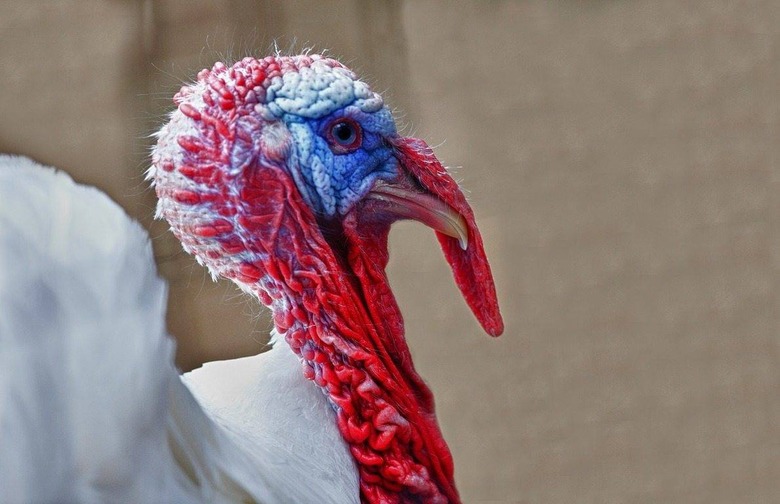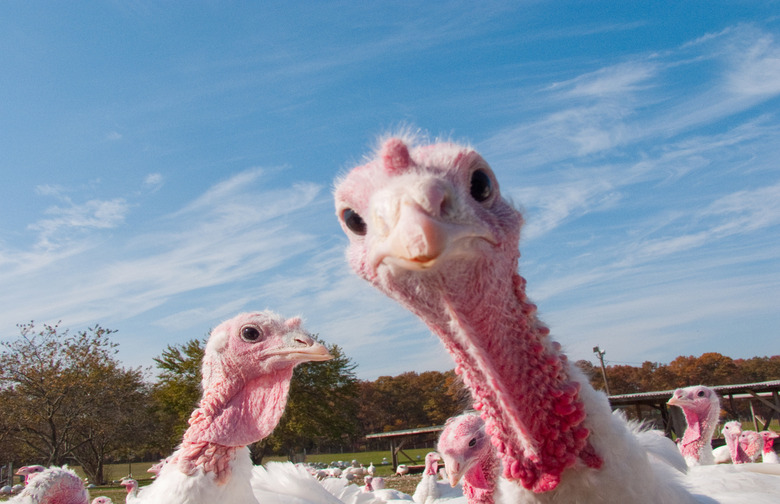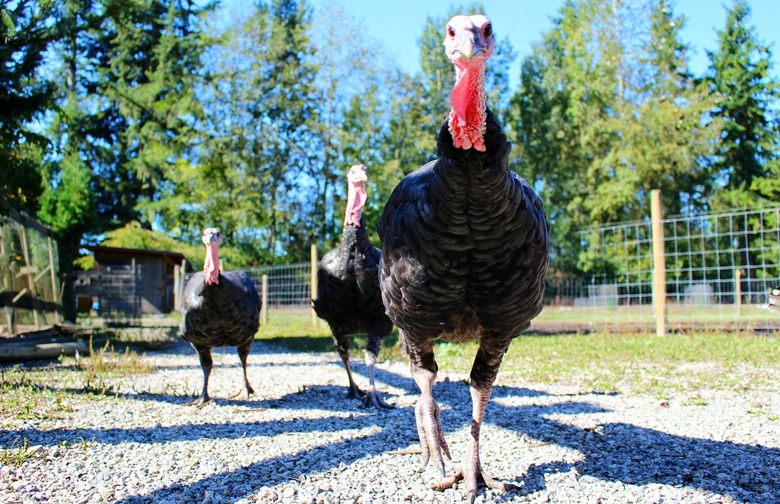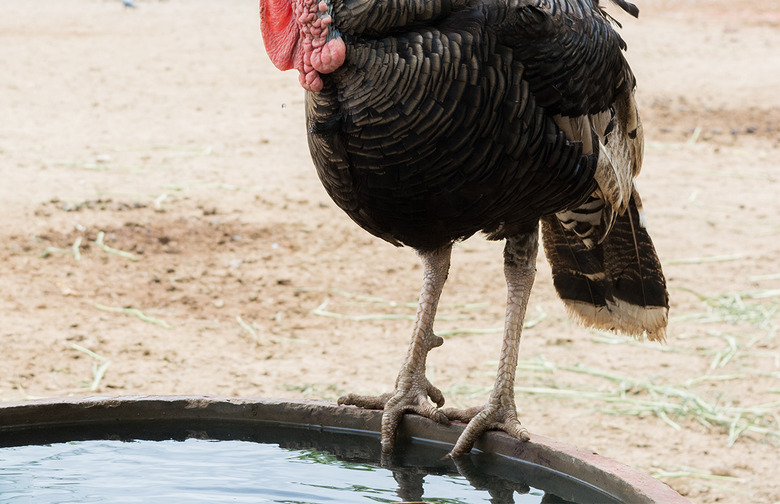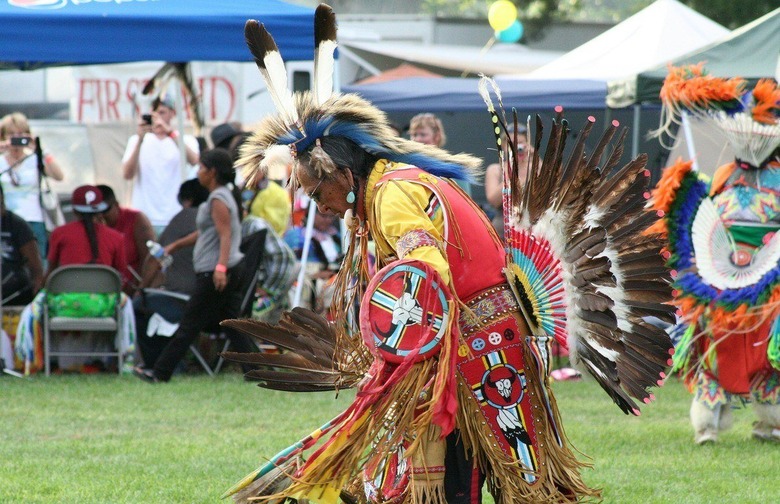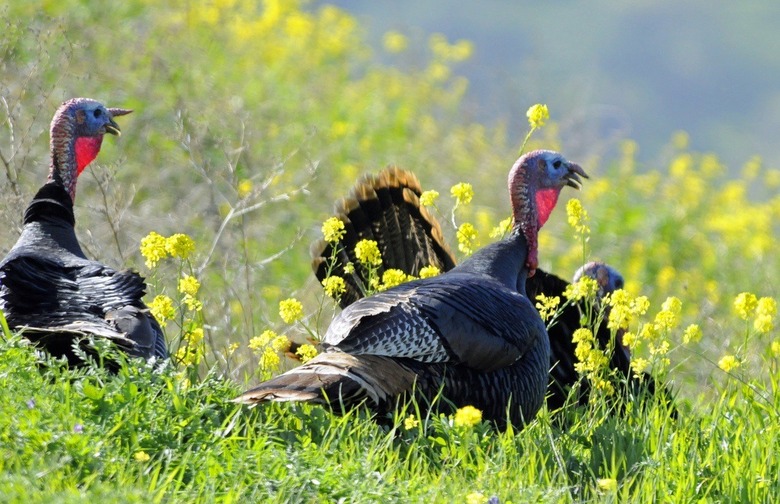25 Things You Didn't Know About Turkey
Turkey is one of those foods that's comparable to vanilla: It doesn't get much respect, tends to be synonymous with "plain," and is eaten every so often but never really beloved. But there's a lot more to the story of this underappreciated bird than meets the eye, and we tracked down 25 interesting facts about the turkey that you might not know.
They Were Named After the Country
The turkey was actually named after the country; it was originally called the turkey fowl because it reminded Europeans of the African Guinea Fowl, which made its way into Europe from Central Turkey. In other parts of the world it also curiously has country-related names: the French call it dinde because it was originally believed to have come from India; it's called a peru in Portuguese; and its name in Greek translates to "French bird."
They’re Called Different Things Based on Age and Gender
Baby turkeys are called poults; young males are called jakes; young females are called jennies; full-grown males are called toms or gobblers; and full-grown females are called hens.
Their Neck Skin Is Called a Wattle
Male turkeys have a fleshy mass of skin on their neck, called a wattle, and a fleshy mass over their beak, called a snood. They also have a plume of specialized feathers growing from the middle of their breast, called a beard.
Ben Franklin Preferred Them to Bald Eagles
While Ben Franklin never actually endorsed them for the position of national bird (as some believe), he did praise them as being "a much more respectable bird" in general than the bird of prey bald eagle. He also added, "He is besides, though a little vain & silly, a Bird of Courage, and would not hesitate to attack a Grenadier of the British Guards who should presume to invade his Farm Yard with a red Coat on."
Tens of Millions of Turkeys Are Eaten on Thanksgiving
Nearly 50 million turkeys are expected to be eaten on Thanksgiving this year.
They’re Loaded With Protein
Turkeys actually contain more protein than both chicken and beef.
Only Male Turkeys Gobble
Females make more of a clucking noise.
The Heaviest Turkey Ever Was Massive
The heaviest turkey ever recorded reportedly clocked in at a whopping 86 pounds.
There’s a Big Difference Between Store-Bought and Fresh Turkeys
In order to plump them up, store-bought turkeys are injected with a saline-oil solution that largely dissipates during the cooking process. Fresh birds cook 20 percent faster because there are no additives.
The Wishbone Has a Real Name, and a Purpose
The wishbone is actually called the furcular, and is formed by the meeting of the two collarbones. Its purpose is to connect muscles, brace the wings during flight, and to act as a spring for the wings (just try to snap one before it's dried and you'll see how flexible they are). Wishbones actually help to prove that birds evolved from dinosaurs; even T. rexes had them!
Turkey Heads Change Colors
Turkeys' heads actually change colors from red to pink, white, blue, or gray depending on its mood. So you could say that they blush!
They Have Amazing Vision
Turkeys have a 270-degree field of vision (360 when they rotate their heads), can see in color, and see three times more clearly than 20/20.
They Sleep in Trees
Turkeys climb up into trees when it's time to go to sleep, and throughout the night they keep watch over one another to make sure no predators are lurking. In the morning, they gobble softly to each other as a form of headcount to make sure everyone made it through the night.
Wild Turkeys Can Fly
Wild turkeys can fly, and fast: up to 55 miles per hour! They usually stay pretty low to the ground, however.
It Doesn’t Actually Make You Sleepy
Though turkey does contain some tryptophan, an amino acid that helps produce melatonin, which helps you sleep, it doesn't contain any more than any other poultry. In fact, chickens contain more! Cheese, nuts, and shellfish also contain tryptophan. The reason you're sleepy after Thanksgiving dinner is because you just ate a 3,000-calorie meal and drank two whiskeys and four glasses of wine.
They Form Strong Social Bonds
Turkeys form close relationships with their families and flock mates, and can travel in groups of more than 200.
They Like Being Cuddled
Turkeys on sanctuaries can spend hours curled up with their caretakers, and love having their feathers stroked. In fact they've even been compared to dogs in the affection department.
Their Existence Is a Wildlife Success Story
By the end of the 1800s there were only about 30,000 turkeys left in the wild (and none in New England at all) due to their popularity as a game bird. But through a continent-wide restoration program their numbers rebounded, and there are more than seven million wild turkeys out there today.
They Exhibit More Than 20 Distinct Vocalizations
Turkeys do a lot more than gobble. Their loudest sounds can be heard from more than a mile away.
They Have Unique Voices
Each turkey sounds slightly different than the next; this is how they tell each other apart.
They Have Amazing Senses of Direction
Turkeys can form a visual map of their territory, remembering tiny details of an area exceeding 1,000 acres even after more than a year apart.
They Have Built-In Weapons
Turkeys have spikes on the back of their legs, called spurs, which they use to fight away competing turkeys and occasionally predators.
They’re a Major Part of Native American Culture
Native Americans have historically eaten both turkey eggs and meat and their feathers have been used in some tribes' rituals, clothing, and headdresses.
There’s a Good Reason We Don’t Eat Their Eggs
Chickens lay about 300 eggs per year according to a consistent schedule, and turkeys couldn't be more different. Turkeys only lay about 100 eggs a year, and generally only during the spring. They start laying eggs at an older age than chickens, at about 32 weeks, and average about 17 pounds, requiring a lot more space and feed. Turkeys are also a lot more broody than chickens; separating them from their eggs can be a challenge. And if you were to sell turkey eggs on the market (they are available, they're just not particularly common), they'd retail for about 50 cents each, a lot more than a chicken egg.
They Can Adapt to Nearly Any Dense Plant Area
Part of the reason there are so many wild turkeys is that they're incredibly adaptable; as long as there's an area of dense forest and an area of open field, they'll be just fine.
